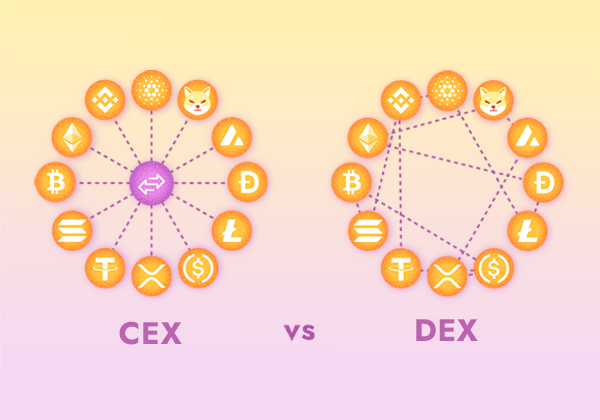
What are Crypto Payments, and How Do They Work?
While cryptocurrency is typically used for speculating and investing, it can also be used for payments. Whether you need to send money to a colleague or pay for a purchase – the blockchain technology offers straightforward and practical payment choices. Let's have a closer look at what crypto payments are and how to pay with cryptocurrency in general.
Table of Contents
- What are crypto payments?
- How do crypto cards work?
- Advantages of crypto payments
- Disadvantages of crypto payments
What are Crypto Payments?
Sending cryptocurrency from one wallet to another constitutes a straightforward crypto payment. For manual transfer, you must know the recipient's public address. You can send money by copying the recipient's address to your wallet. Although it might seem easy to do, a novice might find the process stressful. Users frequently make mistakes that cannot be corrected, such as transmitting the incorrect kind of cryptocurrency or selecting the incorrect blockchain network. Such blunders frequently result in substantial monetary losses because it is impossible to undo the transaction and get your money back in crypto.
In order to prevent this, different crypto service providers offer more practical ways to make crypto payments that enable quick and simple money transfers. Depending on the payment service, there may be different payment stages, but generally speaking, it goes as follows:
- The user needs to make a purchase, pay for a service, or send money to a different person.
- Using the chosen payment service, the recipient sets up a digital account to accept payment. The recipient's wallet address and the transfer amount are typically contained in a QR code for this account.
- To complete the transaction, the payer uses the app to scan the QR code.
- The recipient's account or digital wallet is where the recipient receives the cryptocurrency.
In only a few clicks, you can submit payment. As opposed to manually entering payment information, the automated payment procedure is safer and more convenient.
How Do Crypto Cards Work?
The use of a credit or debit card is also an option for cryptocurrency payments. Even if the recipient only accepts money, you are still able to send payments in crypto using this approach. Only if coins and tokens are kept on-site by the card issuer may you use a crypto card. Your digital assets are sold by the supplier for the corresponding fiat currency, and the proceeds are then transferred to the person or entity that will receive the payment. Some providers offer the option to make monthly loan payments in cryptocurrency. Depending on the financial institution or issuer, the specific terms of payment may vary.
Comparatively speaking, cryptocurrency cards provide a wider range of payment options for goods and services. They can be used to pay in cryptocurrency even in places where it isn't accepted for payment.
Advantages of Crypto Payments
Now, let's take a closer look at the benefits of paying with cryptocurrency.
Even if you do not utilize a payment service or a crypto card, paying with cryptocurrency has several benefits, but when done so in conjunction with one, the benefits of both services are combined:
- Bitcoin, along with other cryptocurrencies, can be used in almost every country, which prevents the need to convert to the local fiat currency while making international payments.
- Depending on the payment service, your crypto transactions may be completed extremely immediately, particularly if both the sender and the recipient are utilizing the same service. The process will still be quicker and more beneficial than a bank transfer thanks to the fewer commission fees, even if it isn't instant.
- 24/7 customer support is available through most cryptocurrency payment services. If you use a custodial cryptocurrency wallet to manually pay for this service, it won't be accessible.
- Creating a wallet and maintaining it yourself is far more difficult than using cryptocurrency payment services.
Disadvantages of Crypto Payments
While there is no denying the benefits of cryptocurrency payments, even seasoned users may run into several obstacles when they want to pay with crypto:
- You don't have as much control as when you set up your wallet yourself. Many users favor traditional cryptocurrency storage since it allows them to keep complete control over their funds. The use of the payment service adds a middleman to this procedure.
- If you don't use stablecoins, cryptocurrency can be incredibly volatile. It can be difficult to predict the recipient's finances due to abrupt swings in crypto pricing.
- There is a lengthy registration process that includes AML and KYC checks. It takes more time to go through these procedures than to make your own wallet, but they are important to assure security.
- Some payment networks charge a fee for the services they provide.
- Cryptocurrencies are still not widely accepted as a form of payment.
► Sabai Academy — a place where studying blockchain, crypto, fractional ownership, and real estate investments becomes a catalyst for capital growth!
Sabai Academy
BOOST your knowledge with our FREE crypto courses!
Related Articles

What Types of Real Estate are There?

What is a Metaverse, and What is the Role of Cryptocurrency There?

